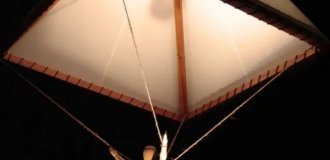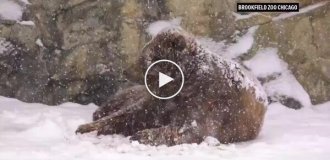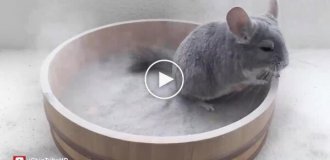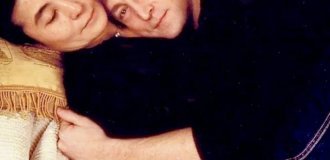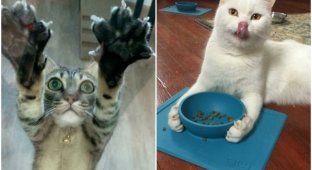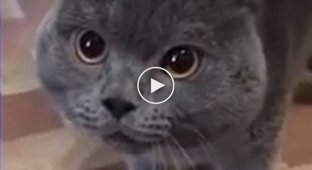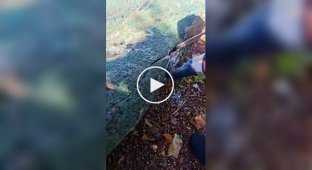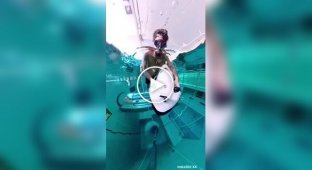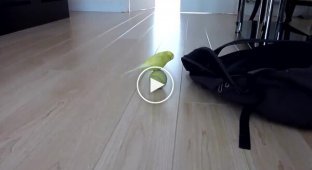Grand discoveries sometimes happen in the most unexpected ways. The horned hare was once considered a joke, a quirk of folklore, a thing for postcards and cowboy campfire tales. But scientists decided to get to the bottom of the old legend and stumbled upon a fascinating biological mystery that later became the discovery of the century. It turned out that horned hares really do exist in nature. Moreover, these strange creatures became the key to saving thousands of lives! 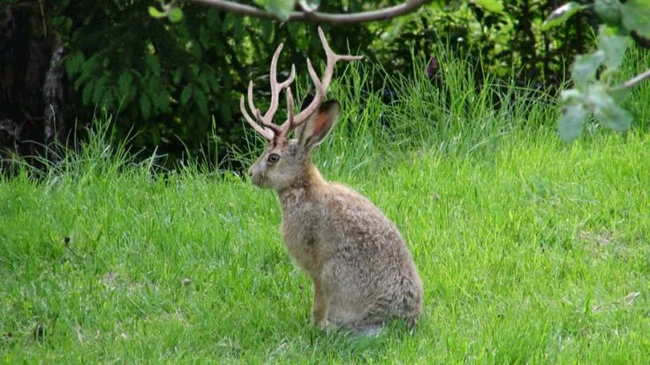
"Well, I've had enough, now the squirrel's coming for me!" "What squirrel?!" I'm a jackrabbit!
Every corner of the world has its own name for horned hares: jackrabbit, jackalope, wolpertinger, russellbok, dahoo. Their appearance also varies. Some legends describe the beast as a regular hare with deer antlers. Others add wings, a bushy tail, fangs, or even hooves. 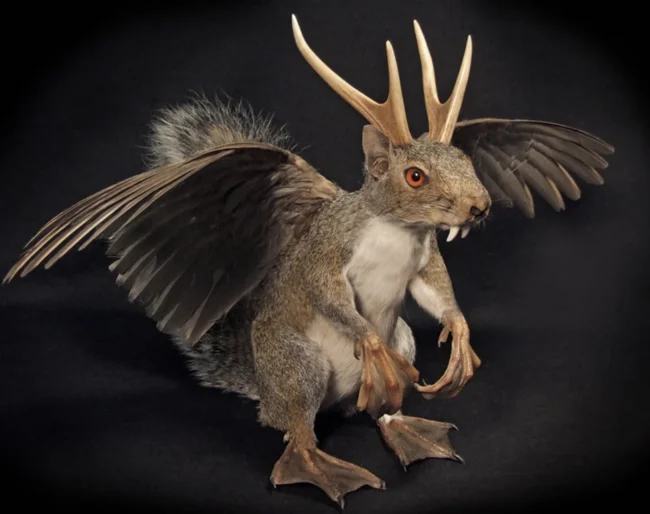
This is exactly how I imagined the chupacabra.
It's not surprising that for a long time no one seriously believed in the existence of such a chimera. Jackrabbits were something like the chupacabra or Nessie. A local legend, nothing more. For fun, taxidermists made (and continue to do to this day!) stuffed jackalopes, combining real hare carcasses with deer antlers. 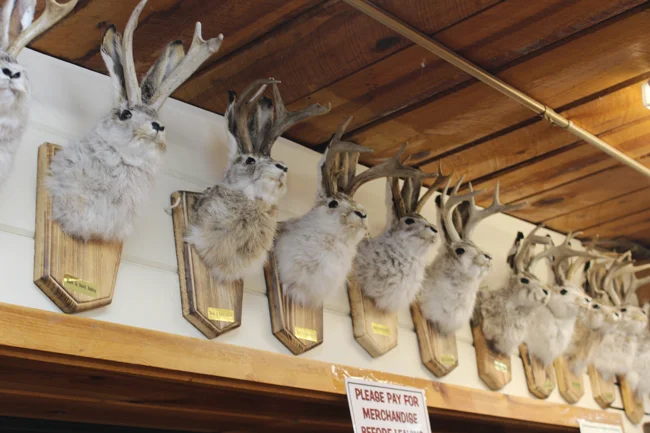
No fairy tales or myths, here's living proof of the existence of jackalopes!
But in the 1930s, there was no need to invent anything: American hunters began harvesting very strange hares in droves. Their faces and heads had strange, hard growths, just like in the stories! Isn't this living proof that the baby rabbit really exists? The creatures didn't have wings or tusks, but even the horns were enough to create a stir. And while others were debating what to name the new species, American virologist Richard Shoup decided to separate the wheat from the chaff. 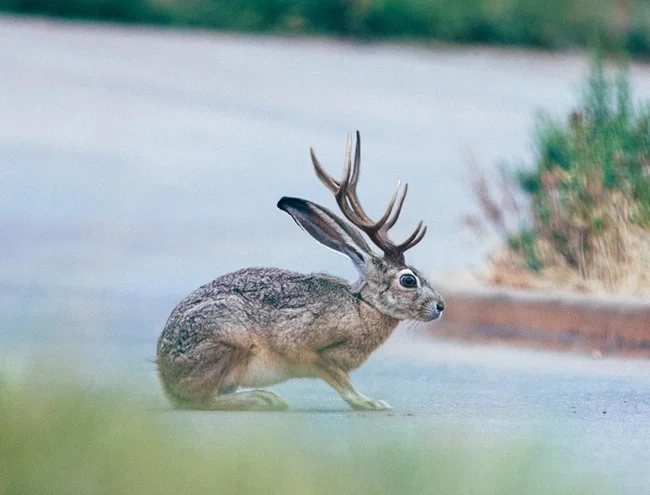
Honey, are you spending the night at your friend's place tonight? Well, have a good time!
He examined several horned hares and realized that the growths were something new and previously unexplored. Yes, they weren't fake, but they weren't real antlers like those of deer, either. Because each hare had horns in completely random places on their heads, they varied in number, shape, and length. There was no consistency or pattern—that's not what happens in nature. For some individuals, the horns even interfered with eating and drinking, which certainly doesn't fit with the normal biology of a new species. 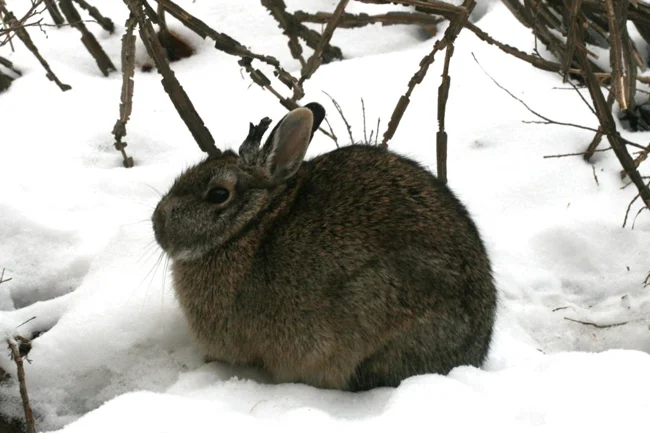
Real "horns" don't look as impressive. But they're still impressive. Especially when you see one in person! 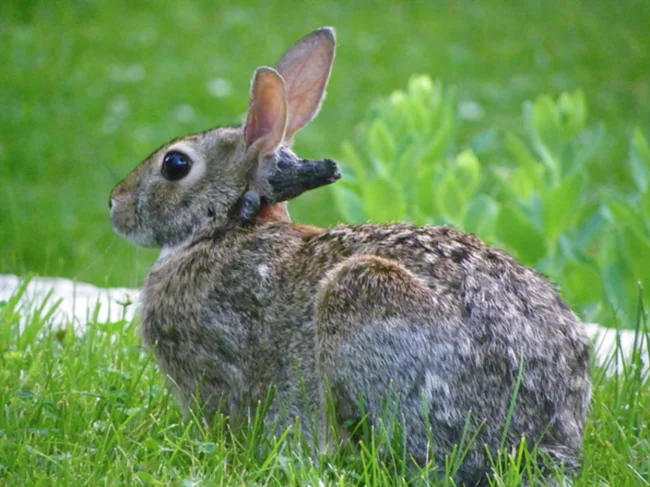
And this one grew a back scratcher...
And then, while Richard was pondering these amazing creatures, something completely unexpected happened. The horns fell off! On all the living test hares, a couple of months after the start of the study, the growths on their heads began to shrink, dry up, and then fell off completely. No new horns grew in their place, and the animals themselves felt fine, as if nothing had happened. 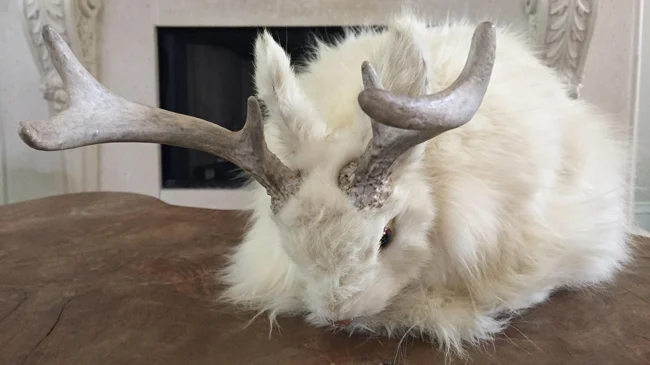
No fox would attack such a hare!
Then the scientist began to examine the growths themselves in detail. He collected samples of hare horns, ground them into powder, passed them through a fine filter to remove bacteria, and prepared a preparation. He then rubbed it into the scalps of healthy hares and rabbits. Shope's hypothesis was that the horns weren't just growths, but the result of a virus. Surprisingly, the experiments worked: horns also grew on perfectly healthy animals where the preparation was rubbed in! This was a major breakthrough in two fields of science. 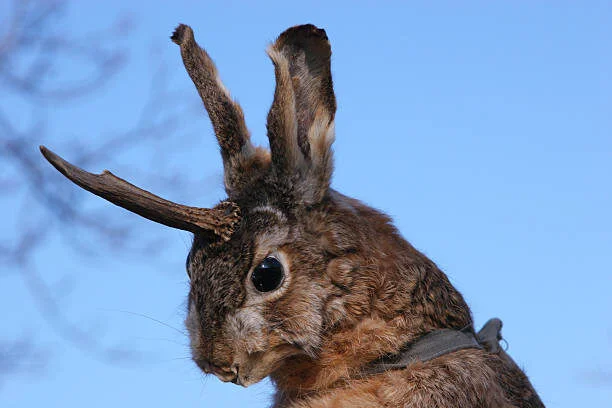
Unicorn.
First, he demonstrated that tumors could be caused by viruses. At the beginning of the 20th century, doctors believed that tumors arose due to heredity or injury. Specifically, in lagomorphs, the growths were caused by the human papillomavirus. Simply put, they had large warts on their heads, not horns. Secondly, the mythical jackalopes became a laboratory model for studying viruses! The disease did not infect humans, developed fairly quickly, and in most cases, the animals recovered on their own. Plus, hares and rabbits are very easy to care for. 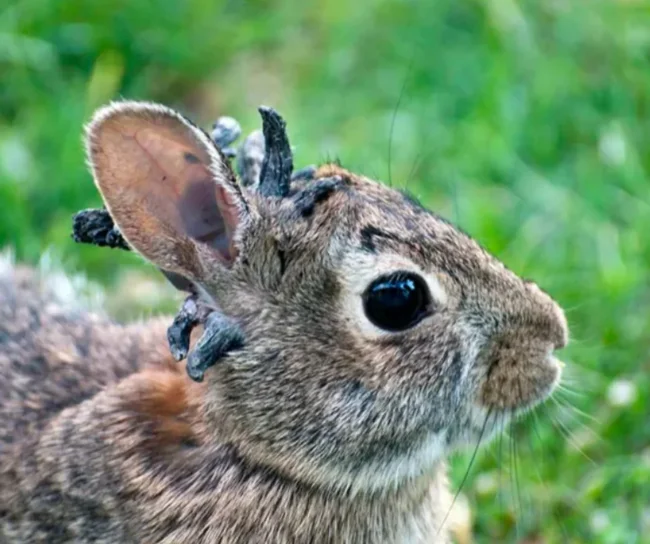
When you asked for dreadlocks, but the hairdresser misunderstood.
But most importantly, the rabbit papillomavirus turned out to be similar to the human papillomavirus, the dreaded HPV. This infection also causes warts on the skin and mucous membranes in humans. In some cases, these growths become malignant, that is, cancerous. Thanks to scientists discovering the viral nature of these growths, doctors were able to invent a vaccine! To this day, people can be vaccinated against HPV—all thanks to rabbits. 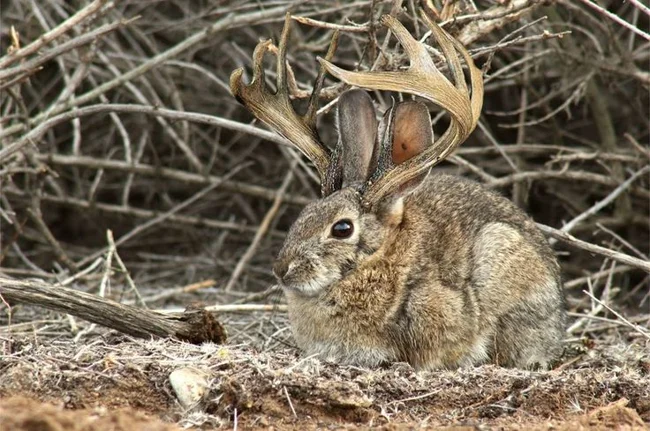
Take me away, rabbit, to your rabbit country!
After the biology of rabbit horns became clear, scientists studied the phenomenon in the wild. It turns out that the human papillomavirus has been present in the wild American jackrabbit population for a long time and is transmitted through insect bites from sick animals to healthy ones. It doesn't cause much harm, as the growths eventually fall off on their own. In rare cases, when the animal's immune system is too weak, the "horns" begin to grow anywhere. Sometimes this interferes with the animal's ability to feed. In such cases, the young rabbit will die, not from the virus, but from exhaustion and starvation. Occasionally, outbreaks of this virus occur, with so many horned rabbits that even non-hunters notice them. The sight of such an unusual creature immediately triggers a reflex in the average person to snap a photo and post it on social media. This happened recently: in August, websites in America were abuzz with news of "zombie horned rabbits." But scientists were quick to reassure everyone. These animals are completely harmless, the virus is not transmitted to humans, and the rabbits certainly won't hunt you. Just take a photo as a keepsake and say thank you for their enormous contribution to science.
Add your comment
You might be interested in:
